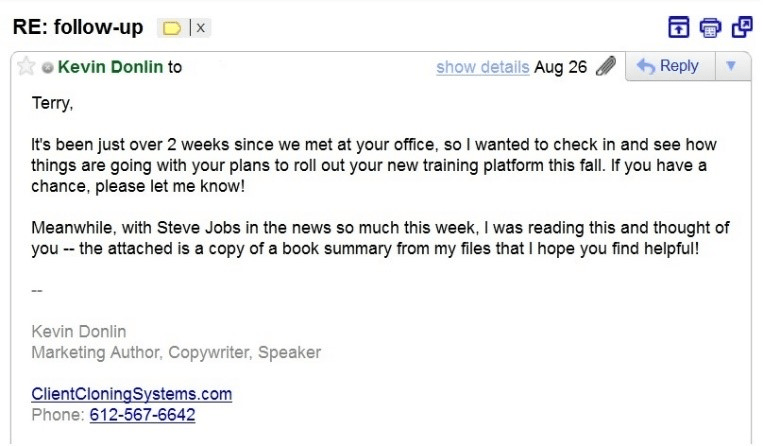

- POLITE FOLLOW UP EMAIL SAMPLE FOR A REQUEST HOW TO
- POLITE FOLLOW UP EMAIL SAMPLE FOR A REQUEST PROFESSIONAL
To clarify, “follow-up” is different from “follow up” because the former is a either an adjective or a noun while the latter is a verb. “Follow up” is a phrasal verb that simply suggests the meaning “investigate” or “look into.” In simpler terms, it could also mean “to check something out.” The most common way to do follow-ups is to make use of the expression “I wanted to follow up.” This is usually followed by “on my last or previous email.”
POLITE FOLLOW UP EMAIL SAMPLE FOR A REQUEST HOW TO
But, sometimes, we tend to struggle with how to do such a typical activity. Needless to say, tact and civility are key elements that drive healthy relationships in business settings. These kinds of emails are important because they prompt the message receiver to take action by responding to whatever concern we have sent. That is to say, we write follow-up emails when our messages of concern get ignored for some reason that we are not necessarily aware of. In business correspondence, follow-up emails are what we send to people when we want to prompt or remind them about a particular concern. Understanding “I wanted to follow up…” in business correspondence I sent an email to you last week and hadn’t heard back….I am writing another email because I have tried to….This is just to remind you about my previous concern….
POLITE FOLLOW UP EMAIL SAMPLE FOR A REQUEST PROFESSIONAL
So, in today’s post, we have compiled various expressions containing the set phrase “I wanted to follow up…” to make professional email writing less of a nuisance.Īs always, you will also find plenty of great alternative expressions that you can use instead of “I wanted to follow up”, to make sure that your writing remains dynamic and professional at all times.Įxpressions containing “I wanted to follow up…” In other words, we simply don’t want to sound like a broken record when we write, ironically speaking. Truth be told, we dislike using the same expression time and time again because we feel like we can actually be more creative if we want to. The expression “I wanted to follow up…” is one example of such a message.

In email writing, the golden rule is to always include a statement of purpose or intent.


 0 kommentar(er)
0 kommentar(er)
